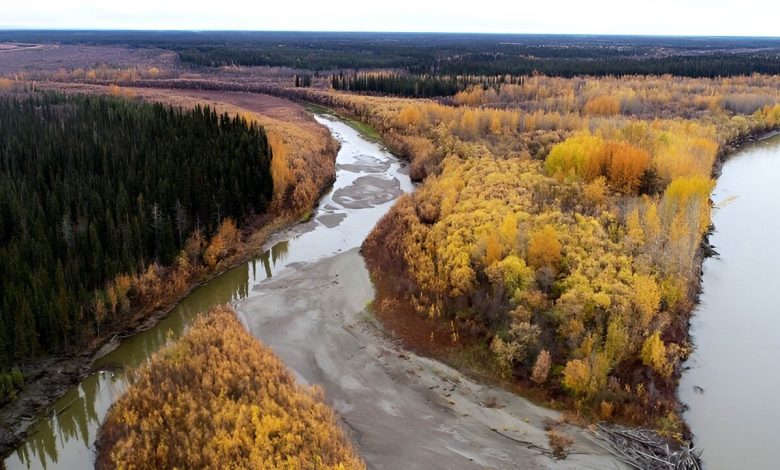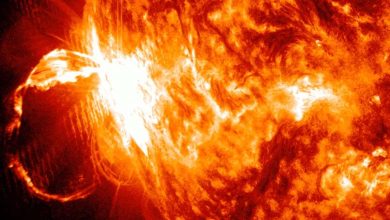Rising temperatures in the Arctic pose a ‘mercury bomb’ threat to millions of people

The science: The Yukon River flows west from Alaska to the Bering Sea, eroding Arctic permafrost along its banks and carrying sediment downstream. Lurking within that sediment is a toxic substance: mercury. As the Arctic warms with climate change, warming four times faster than the global average, mercury stored in permafrost over millennia is being eroded by rivers and released into the environment. In a study published today in Environmental Research Letters, researchers at the USC Dornsife College of Letters, Arts and Sciences have introduced a more accurate method for measuring the amount of mercury released from permafrost by rivers and estimating the total mercury released. This toxic metal poses an environmental and health threat to the 5 million people who live in the Arctic region, more than 3 million of whom live in areas where permafrost is expected to be completely gone by 2050. “There may be a giant mercury bomb waiting to explode in the Arctic,” says Josh West, professor of Earth science and environmental studies at USC Dornsife and co-author of the study. Mercury moves from the air to the land and then into the water. The planet’s natural atmospheric circulation moves pollutants toward higher latitudes, West explains. “Because of how it behaves chemically, a lot of mercury pollution ends up in the Arctic. Permafrost has accumulated so much mercury that it may dwarf the total amount of mercury present in the oceans, soil, atmosphere and biosphere,” he said.





